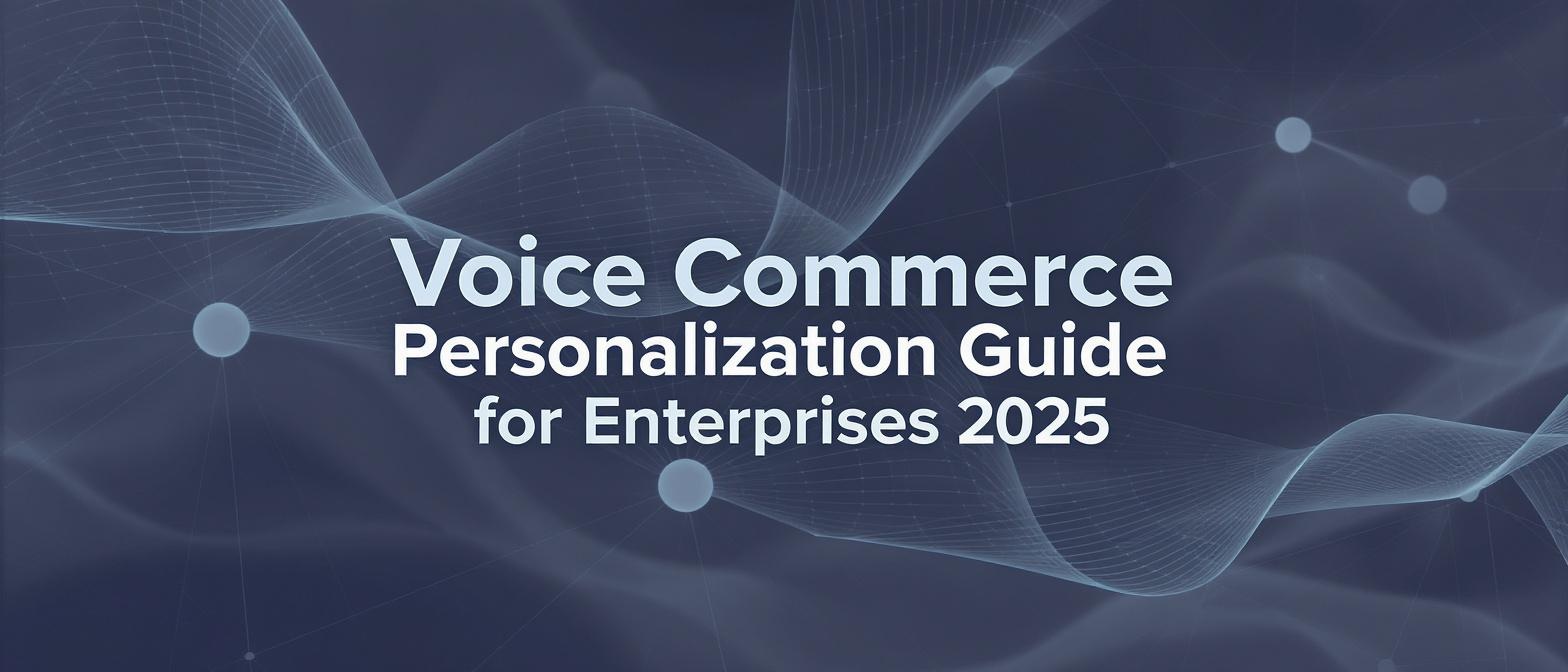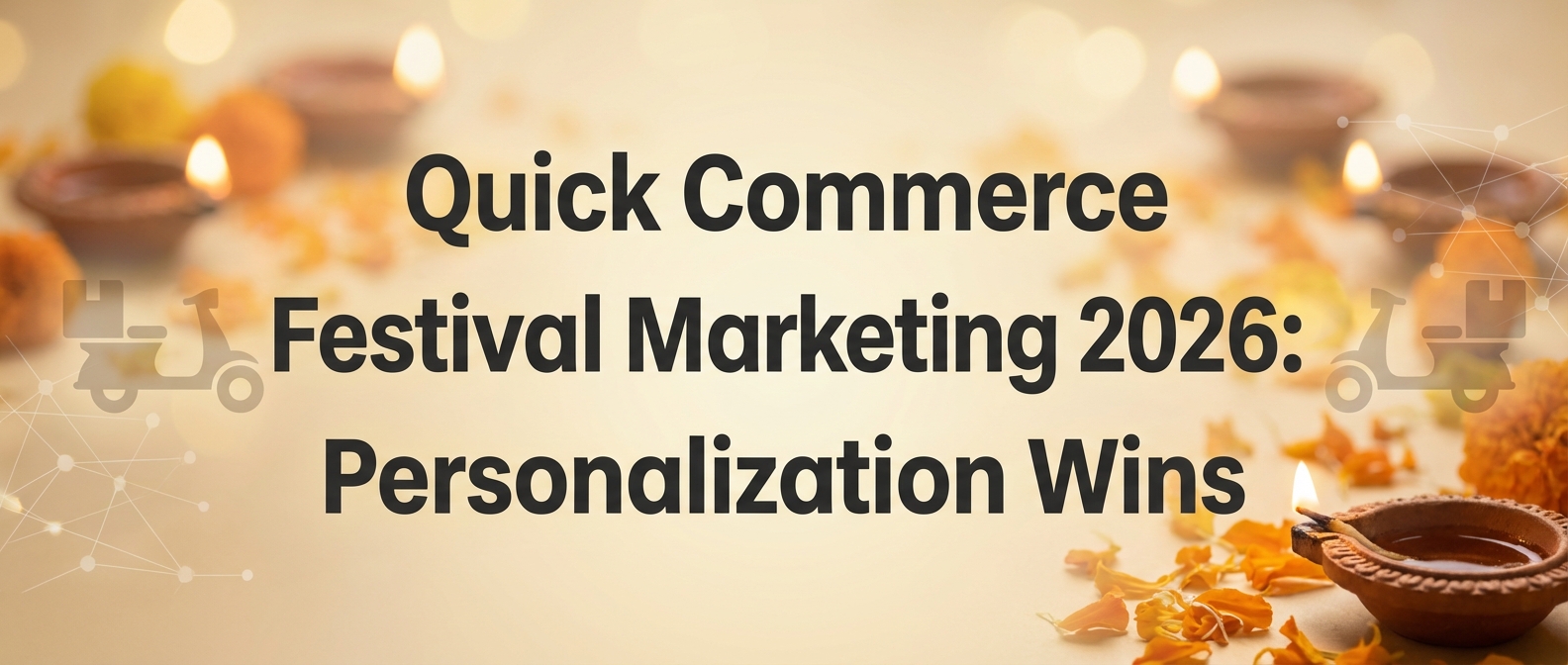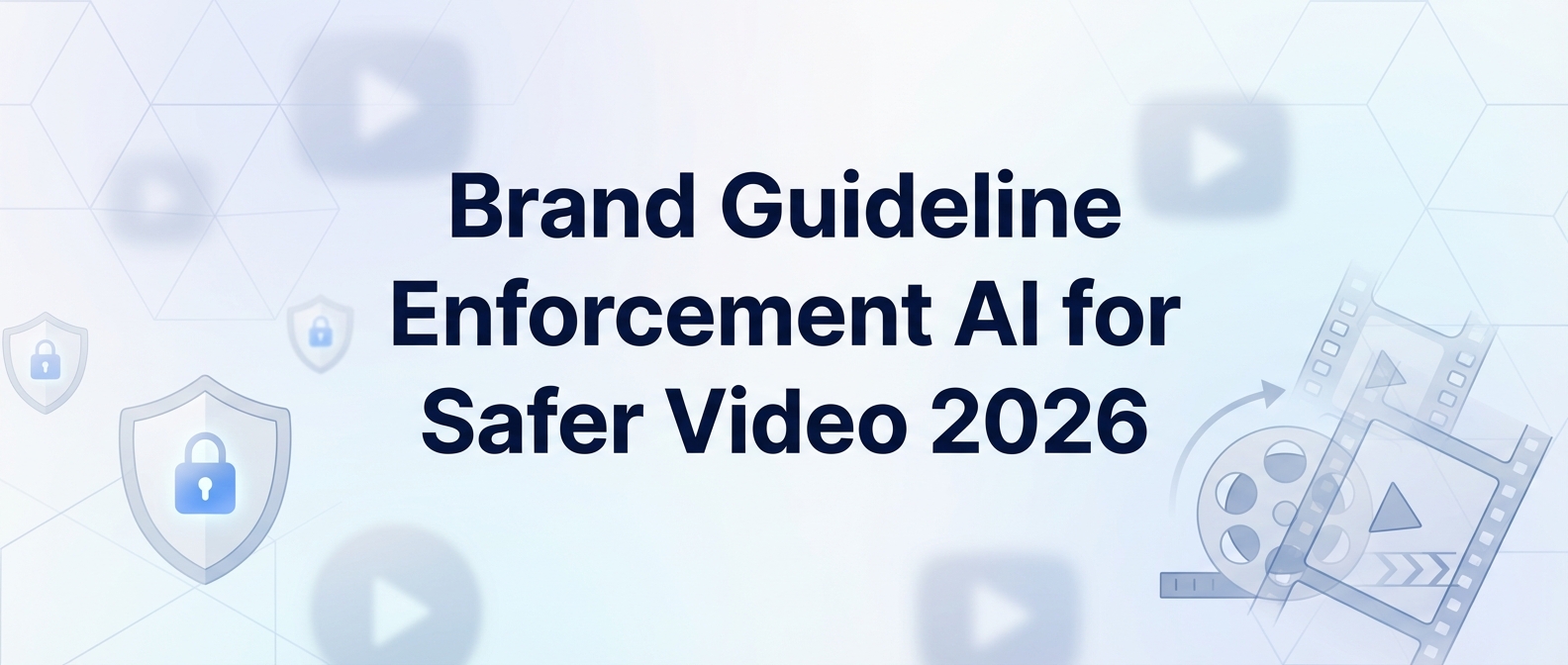Voice Commerce Personalization: Next-Gen Customer Engagement with Conversational AI
Estimated reading time: 13 minutes
Key Takeaways
- Voice commerce personalization redefines how brands engage customers by leveraging AI-powered assistants.
- Conversational AI marketing streamlines and enriches customer interactions and purchase journeys.
- Smart speaker integration creates seamless experiences across multiple devices.
- Robust security and consent-first frameworks build trust for AI voice personalization platforms.
I. The Future is Calling: An Introduction to Voice Commerce Personalization
In today's hyper-competitive digital landscape, customer engagement is no longer about static, one-way conversations. The next frontier is interactive, intuitive, and voice-driven. This is the world of voice commerce personalization, a transformative approach where AI-powered voice assistants learn individual user preferences and purchase behaviors to deliver tailored recommendations, messages, and offers in real time.
This guide is for digital strategy leaders and marketing technologists exploring the cutting edge of customer engagement. We will delve into how conversational AI marketing tools and voice-activated platforms are not just futuristic concepts but practical, powerful solutions revolutionizing enterprise marketing today. From reducing friction in the customer journey to creating unforgettable brand moments, the strategic adoption of a personalized, voice-enabled customer experience is becoming a critical differentiator.
We'll explore the technology, the strategy, and the tangible results that come from speaking to your customers—literally. Get ready to understand how your brand can leverage this powerful shift to build deeper connections and drive unprecedented growth.
Source: www.gelato.com/blog/voice-commerce
II. What Is Voice Commerce Personalization?
Voice commerce personalization exists at the intersection of two powerful technologies: voice-activated interfaces and data-driven marketing. It is the strategic process of using customer data to adapt and tailor marketing campaigns delivered through channels like smart speakers (Amazon Echo, Google Home) and in-app voice assistants. This technology transforms generic interactions into unique, one-to-one conversations.
The core benefits of this approach are immediate and substantial. It enables a hyper-personalized, frictionless customer engagement model where customers feel that brands truly understand their needs and context. Instead of navigating complex menus or typing out queries, they can simply speak their request and receive a relevant, personalized response.
This leads to two critical business outcomes. First, it cultivates deep brand loyalty and drives higher average order values by presenting contextually relevant offers at the perfect moment. Second, it drastically reduces customer effort. Voice commands streamline purchase flows, with some studies showing checkout rates up to 30% faster than traditional e-commerce, creating a seamless and satisfying voice-enabled customer experience.
Source: www.gelato.com/blog/voice-commerce
Source: theusim.com/news/revolutionizing-the-shopping-experience...
Source: www.ewizcommerce.com/guides/a-practical-guide-to-voice-commerce
III. The Rise of Conversational Marketing Automation
The engine powering this revolution is conversational marketing automation. This refers to sophisticated, AI-driven systems that deliver targeted, contextually aware messages across both voice and chat interfaces in real time. It’s about moving beyond static scripts and into dynamic, intelligent dialogues that adapt to each customer's unique journey.
Leading generative AI platforms, such as those from Twilio and Google Cloud, are at the forefront of this trend. They provide the infrastructure to automate personalized outreach at every stage of the customer lifecycle, from the first point of contact to post-purchase follow-up. This automation not only reduces operational costs but also significantly improves the efficiency and consistency of customer service. According to industry analysis, the global conversational AI market is projected to grow from $14.79 billion in 2025 to over $61 billion by 2032, signaling massive enterprise investment in this area.
This technology is particularly powerful when applied to high-value customer milestones. For example, a brand can use conversational AI marketing tools to trigger automated, celebrity-led video messages for customer birthdays, anniversaries, or loyalty program achievements. An API workflow can feed customer data (like a name or recent purchase) into a video template, allowing an AI to generate a custom, personalized video within seconds, ready for delivery via WhatsApp or email. This creates a "wow" moment that is both highly scalable and deeply personal. Learn more about how Zomato leveraged AI for personalized campaigns.
Source: www.cloudflight.io/en/blog/what-is-voice-commerce...
Source: www.fortunebusinessinsights.com/conversational-ai-market-109850
IV. The New Standard: Voice-Activated Customer Engagement
Voice-activated customer engagement is defined by the hands-free, real-time interactions that empower users to request information, make purchases, and receive personalized promotions using only their voice. This shift from screen-tapping to speaking is more than a convenience; it fundamentally changes the nature of brand-consumer relationships by making them more direct, intuitive, and emotionally resonant.
The emotional impact is a key differentiator, especially when combined with familiar faces and voices. Imagine a customer receiving a personalized video where their favorite celebrity greets them by name and references their recent interaction with the brand. This type of engagement creates a powerful sense of connection and significantly boosts brand affinity and message memorability, turning a simple marketing touchpoint into a shareable, viral moment.
A groundbreaking example of this is Zomato’s Mother's Day campaign. By leveraging a sophisticated AI platform, the company generated 354,000 unique, personalized videos in a single day. Each video featured a celebrity wishing a user's mother a happy Mother's Day by name. The campaign's success was powered by an advanced AI pipeline utilizing diffusion-based face reanimation and voice cloning to ensure perfect lip-sync and voice retention, making each message feel authentic and heartfelt. This is the pinnacle of conversational video marketing—delivering personalized, emotional experiences at a scale previously unimaginable. Read the full case study on Zomato's campaign.
Source: www.hellorep.ai/glossary/what-is-voice-commerce
V. Building Trust with AI Voice Personalization Platforms
An AI voice personalization platform is an enterprise-grade system that serves as the central nervous system for one-to-one customer engagements. These platforms, offered by innovators like Twilio, Google Cloud, and specialized generative AI leaders, integrate analytics, CRM data, and advanced voice generation technologies to power hyper-personalized interactions at scale. However, with great power comes great responsibility.
For enterprises, the adoption of this technology hinges on trust, security, and ethics. The most significant barrier to enterprise voice technology adoption is often the concern around data privacy and the potential for misuse of AI, such as deepfakes. Leading platforms address this head-on by building their systems on a foundation of robust security protocols and a consent-first model.
Certifications like ISO 27001 and SOC 2 are crucial, as they provide third-party validation of a platform's commitment to data security and operational excellence. Furthermore, a consent-first framework ensures that every celebrity likeness is used under a formal contract and that end-user data is handled transparently and with permission. Built-in moderation filters that automatically block the generation of offensive, political, or otherwise inappropriate content are also essential for protecting brand reputation. By prioritizing these compliance and ethical standards, AI voice personalization platforms build the enterprise confidence necessary to unlock the full potential of the voice-enabled customer experience.
VI. An Overview of Conversational AI Marketing Tools
For digital strategy leaders, navigating the ecosystem of conversational AI marketing tools is key to building an effective voice commerce strategy. These tools can be broadly categorized into several key types, each serving a distinct purpose in the customer engagement stack.
Here are the primary categories for marketers:
- AI Chatbots (Text & Voice): These are often the first point of contact, providing instant, 24/7 support and lead qualification on websites and in apps. Modern chatbots are increasingly voice-enabled, offering a more natural conversational flow.
- Voice Bots & Interactive Voice Response (IVR) Systems: Deployed in contact centers, these AI-powered systems handle inbound calls, route inquiries, and resolve common issues without human intervention, improving efficiency and reducing wait times.
- Generative AI Agents for Personalized Video: This is the most advanced category, capable of creating unique, one-to-one video content at scale. Platforms like TrueFan AI enable brands to move beyond text and voice to deliver rich, visual, and highly engaging celebrity-led messages tailored to individual recipients. Explore how to integrate TrueFan AI's Video Personalization API.
The impact of these tools is well-documented. A landmark analysis by McKinsey found that AI-enabled customer service can boost Net Promoter Scores (NPS) by 10–15% through faster resolutions and more personalized experiences. While standard chatbots deliver efficiency, the engagement rates seen with conversational video marketing are often an order of magnitude higher. A generic text message is easily ignored, but a personalized video from a beloved celebrity is an experience that customers remember and share.
Source: www.mckinsey.com/business-functions/marketing-and-sales/our-insights/...
VII. Seamless Experiences Through Smart Speaker Marketing Integration
Smart speaker marketing integration involves embedding a brand's marketing logic directly into voice-first devices like Amazon Echo and Google Home. This strategy creates seamless, omnichannel experiences where a customer can begin an interaction on their phone, continue it through a smart speaker, and receive a follow-up on their laptop without any friction. It’s about meeting customers where they are, in the most convenient way possible.
The adoption of smart speakers is a global phenomenon. The global smart speaker market is expected to surpass $30 billion by 2025, with over 52% of owners using their devices daily. This trend is particularly strong in emerging economies. For instance, the voice commerce market in India is projected to explode, growing at a compound annual growth rate (CAGR) of 22.7% between 2025 and 2029. This explosive growth represents a massive, largely untapped audience for brands.
Integrating advanced conversational AI capabilities into these devices unlocks powerful new use cases. Imagine a customer asking their brand's voice skill, "Alexa, where is my order?" Instead of a simple text-to-speech response, a webhook can be triggered to an AI platform's API. This API call, using an endpoint like post_new_request, can generate a personalized video in real time. A webhook callback then delivers a URL, allowing the customer to receive a video update from a brand ambassador on their smart display or mobile phone instantly. This technical workflow turns a mundane query into a delightful brand interaction.
Source: www.yaguara.co/voice-search-statistics
Source: www.technavio.com/report/voice-commerce-market-industry-analysis
VIII. Enterprise Voice Technology Adoption: Drivers & Challenges
The push towards enterprise voice technology adoption is fueled by a clear set of business drivers. Companies are investing in voice commerce personalization to achieve significant cost efficiencies in their contact centers, improve customer satisfaction scores, and create a powerful competitive differentiation in crowded markets. Furthermore, voice offers a unique channel to expand reach to voice-first audiences who prefer speaking over typing.
However, the path to adoption is not without its challenges. The primary hurdles enterprises face include the complexity of integrating new AI systems with legacy CRM and e-commerce platforms, navigating the evolving landscape of data privacy and security regulations, and maintaining a consistent and authentic brand voice across millions of pieces of dynamically generated content.
Overcoming these challenges requires a powerful, secure, and scalable platform. Solutions like TrueFan AI demonstrate ROI through meticulously executed campaigns that deliver measurable results. Consider these real-world examples:
- Zomato: The Mother's Day campaign generated 354,000 videos in one day, leading to nearly 1 million direct engagements and a surge in orders.
- Goibibo: Personalized travel nudge videos sent via WhatsApp achieved a 17% higher read rate compared to standard text-based messages, directly impacting conversions.
- Hero MotoCorp: A festive campaign delivered 2.4 million personalized greetings, resulting in a significant increase in customer visits to service centers.
- Cipla: A B2B campaign for Doctor's Day delivered 6,400 personalized thank-you messages from a celebrity, generating immense goodwill and strong PR within the medical community.
These successes are backed by robust platform capabilities. TrueFan AI's 175+ language support and Personalised Celebrity Videos are rendered in under 30 seconds via a real-time API. This efficiency has saved their enterprise partners an aggregate of over 3,888 creative production hours, proving that a well-executed voice-enabled customer experience strategy is not just about engagement—it's about driving tangible business value. See how ICICI Prudential leveraged personalized videos.
Source: www.cloudflight.io/en/blog/what-is-voice-commerce...
Source: www.ewizcommerce.com/guides/a-practical-guide-to-voice-commerce
IX. Conclusion: Your Strategy for Next-Generation Engagement
The evidence is clear: voice commerce personalization is no longer a future-facing trend but a present-day imperative for enterprises seeking a competitive edge. By leveraging conversational AI marketing tools, brands can move beyond generic messaging to create deeply personal, emotionally resonant, and frictionless experiences for their customers. This strategic shift empowers organizations to exceed customer expectations, build lasting loyalty, and drive measurable ROI.
From automated, celebrity-led video campaigns to seamless smart speaker integrations, the applications of an AI voice personalization platform are vast and transformative. For digital strategy leaders, the time to act is now. The journey begins with exploring how these powerful technologies can be integrated into your unique customer engagement ecosystem.
We encourage you to explore enterprise voice personalization solutions through API demos, in-depth case-study webinars, and pilot campaigns to witness the impact firsthand. Embrace the future of customer engagement—it's time to give your brand a voice.
Frequently Asked Questions
What is the main difference between voice commerce and e-commerce?
Voice commerce uses voice commands as the primary interface for shopping, allowing users to make purchases, search for products, and interact with brands through smart speakers or voice assistants. Traditional e-commerce relies on visual interfaces like websites and mobile apps that require manual typing and clicking. Voice commerce prioritizes speed, convenience, and a hands-free experience.
How does conversational AI improve customer loyalty?
Conversational AI improves loyalty by enabling hyper-personalization at scale. When AI systems remember a customer's preferences, purchase history, and context, they can provide tailored recommendations and proactive support that make the customer feel understood and valued. This creates a superior, low-effort experience that builds trust and encourages repeat business.
Is AI-generated voice and video safe for brands to use?
Yes, provided the brand partners with a platform that prioritizes ethics and security. Leading platforms operate on a strict consent-first model, ensuring all celebrity or individual likenesses are used with explicit permission. They also maintain high-level security certifications (like ISO 27001) and use moderation filters to prevent the creation of inappropriate content, protecting brand reputation.
How can a large enterprise start with voice commerce personalization?
A great starting point is a pilot campaign focused on a specific customer segment or milestone, such as a loyalty program or a seasonal event. This allows the enterprise to test the technology, measure the impact on key metrics (like engagement and conversion), and understand the integration requirements before a full-scale rollout.
What kind of ROI can be expected from a personalized video campaign?
The ROI can be measured across several metrics, including increased conversion rates, higher customer engagement (open/click-through rates), improved brand sentiment, and reduced customer churn. Case studies have shown significant lifts, such as a 17% higher message read rate or a 3.2x higher participation rate in contests compared to non-personalized methods.
How does a platform like TrueFan AI ensure celebrity likenesses are used ethically?
TrueFan AI operates on a strict, consent-first basis. Every celebrity partnership is governed by a formal contract that explicitly outlines how their likeness will be used in campaigns. The platform’s technology includes built-in safeguards and moderation filters to ensure that all generated content aligns with brand and celebrity guidelines, preventing misuse and upholding ethical standards. Discover how Goibibo enhanced conversions.




